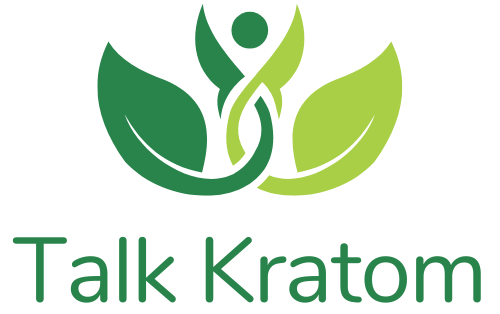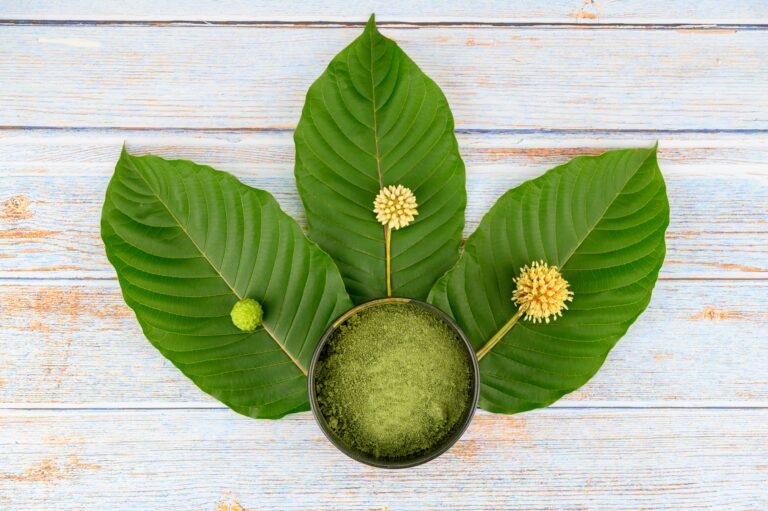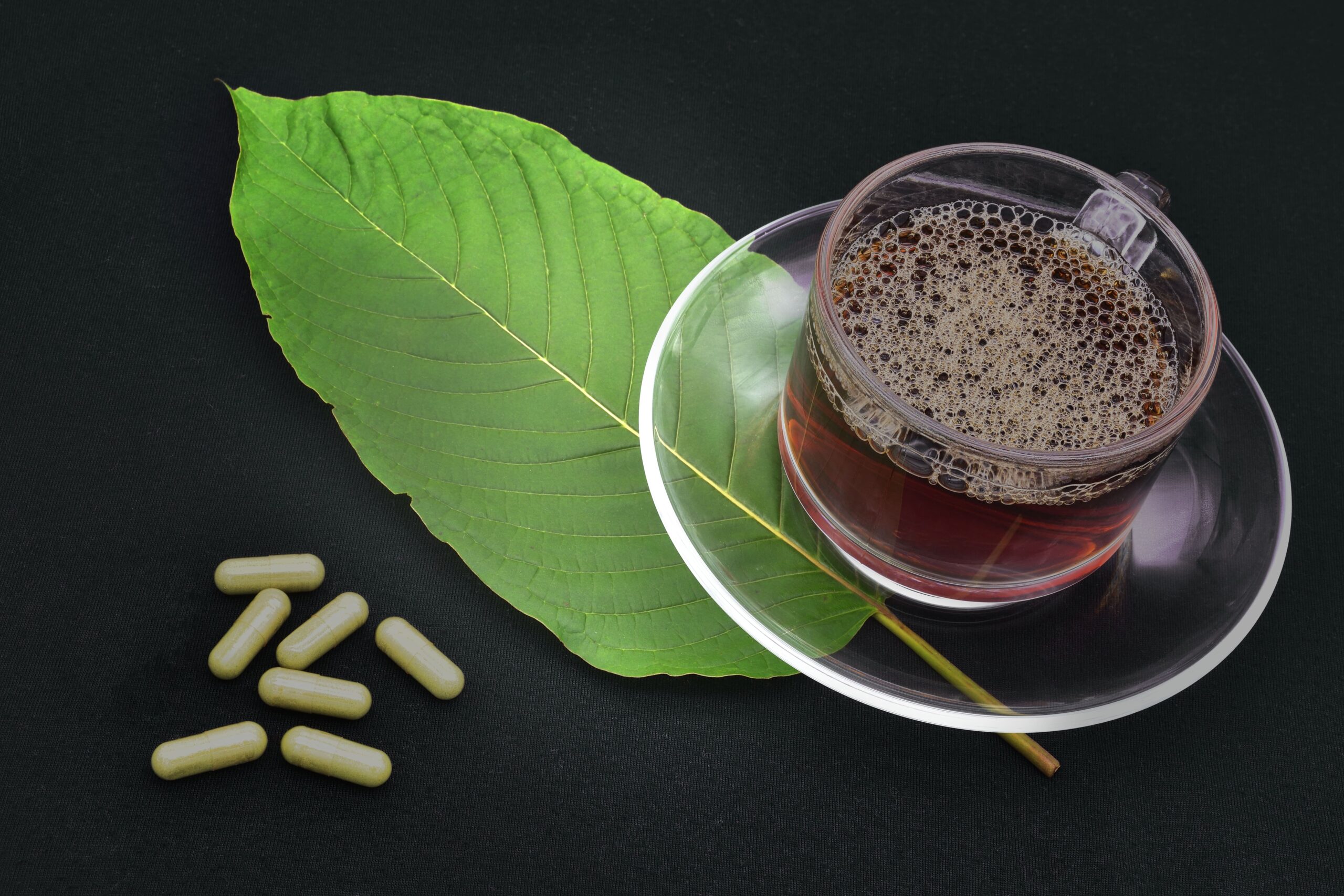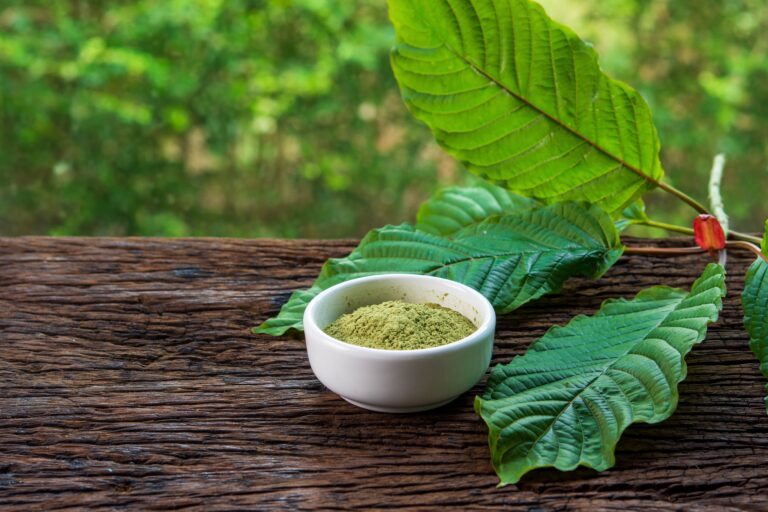Kratom vs Kava
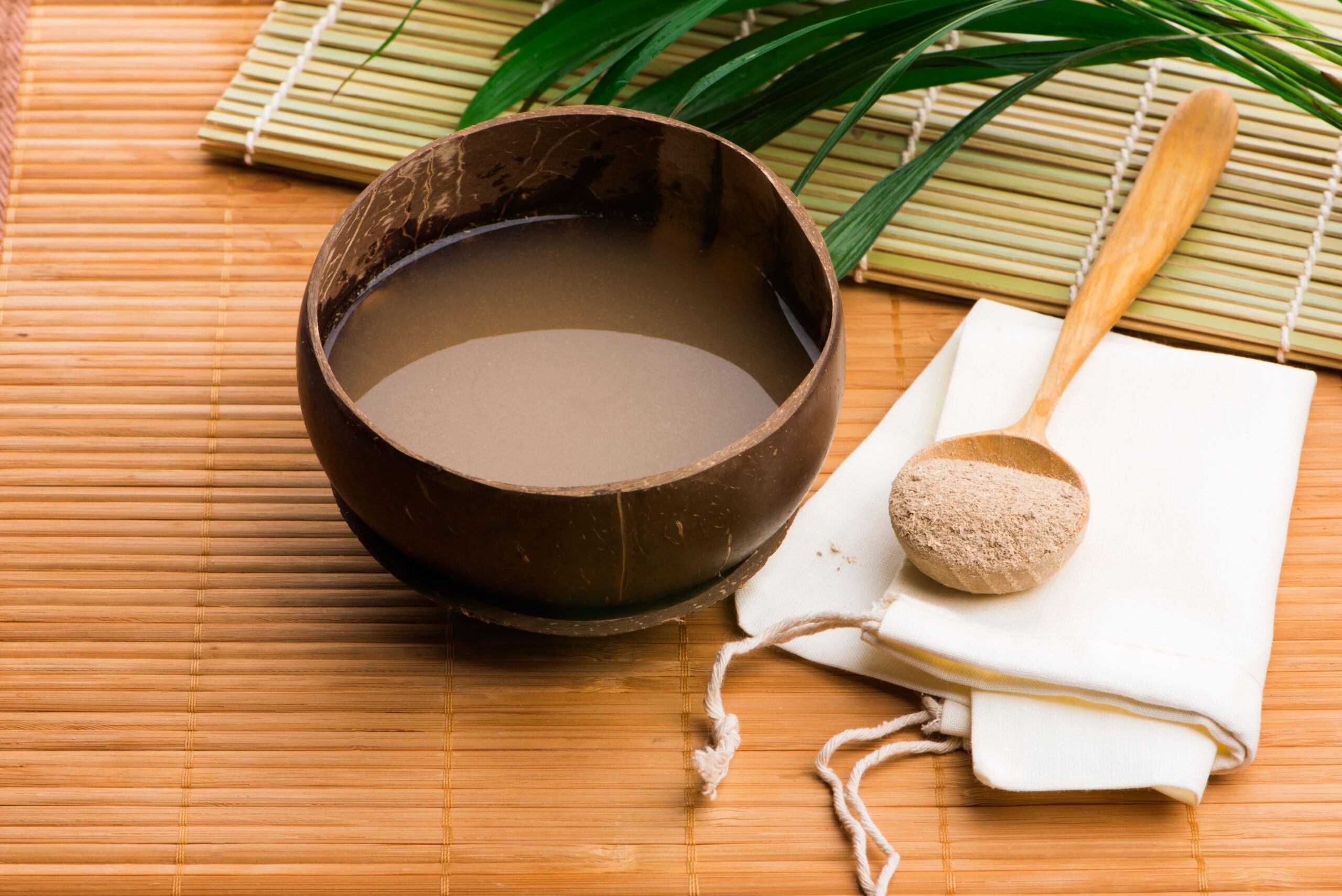
Imagine having natural compounds that help you sleep better. Be able to handle anxiety and, more importantly, relieve different types of pain. They are natural compounds that have found excellent reputations in other parts of the world. Their unique abilities make them worth a try.
However, which is better than the other? Which one should you go for? Hold on for now. You will find your answers soon enough after you finish reading this article.
Americans are constantly fighting the war on stress and looking for new ways to cope. Over 80% of US workers report stress in their daily lives. How do we manage? Many choose various forms, from CBD and alcohol to working out and meditating.
In recent years America has seen a rise in herbs as natural alternatives for stress management. We’ll discuss their differences and similarities in this article.
What is Kava?
It is also known as Piper methysticum, popularly found in West Pacific. It is primarily found in Hawaii, Papua New Guinea, Micronesia, and Fiji. Something interesting is that the locals have used it for years to replace alcohol. It’s part of their socialization activities, rituals, and religious ceremonies. Kava can be found in various bars and smoke shops around the US. There are also premade Kava drinks that allow for the plant to be consumed on the go!
Uniquely, the active compound of the plant involves six different kavalactones. As a general rule, let us review some of its common impacts. It is known to;
1. Act as an antidepressant
2. Boost your mood and improve your sleep
3. Has the ability to reduce stress.
There are three main types of the herb:
1. Balanced: Offers balanced effects between heavy and heady. Like the role of the green vein, it plays between red and white veins.
2. Heavy: primarily promotes sleep, relaxation, and sometimes pain relief. Heavy is often compared to the qualities of red vein.
3. Heady: Often used for mood support, relaxation, and general mood enhancement. It is similar to the white vein but is not a stimulant.
Kratom
It is scientifically known as Mitragyna speciosa. I know that sounds hard to read. Right? However, all you need to know is that it is a sedative. More importantly, it is grown in many countries, such as Southeast Asia, Malaysia, Indonesia, and the Philippians.
Additionally, it is not FDA-regulated and can be found in health stores.
It contains two active ingredients, mitragynine and 7- hdyroxymigyanine. When combined, the compounds work to resolve symptoms related to anxiety, stress, and depression.
There are also other reasons why people use it. They include;
1. Improving their mood and thus being more productive
2. Improve concentration and focus
3. Lower cases of fatigue
4. Relieve pain
Like its counterpart, expect to find several types of it. These are; red vein, green vein, white vein, and yellow vein. Suppose you wonder why the different colors; they represent the kind of veins within the leaves. More importantly, they are denoted by the level of their strength. On the other hand, the yellow veins are a hybrid of the different plant types.
The plant is relatively safe for consumption. However, be aware that it’s highly addictive, and it may take a while before you can stop using it. There are some reported side effects as well. They include;
1. Having dry mouth
2. Hallucination
3. Headaches and nausea
4. Stomach pain and increased heartbeat.
Let us now compare these two interesting compounds using the following list:
1. Their effects
2. The recommended dosages
3. Their origin
4. Their ability to lower anxiety
5. Their impact on sleep
6. Their ability to regulate pain
7. Their addiction to opioids
Kava & Kratom side effects
First and foremost, both of the compounds are known to promote euphoria. It is usually expected when they are consumed in high dosages. However, when compared, Kratom tends to encourage a higher effect than the other. Low doses, especially white veins, are reported to increase energy levels. Kava is a relaxant in all amounts. Unlike the other, it is not a stimulant, making it a more consistent choice for individuals looking to use the plant for relaxation and sleep.
However, it has a relaxing impact under all dosages compared to its agonist and is, therefore, suitable for improving sleep. On the other hand, people who use little of it tend to be more alert rather than relaxed.
Kava Dosage vs Kratom Dosage
A gram of compound will produce a high impact as compared to Kava. For instance, its expected raw dosage of is 2-12 grams. On the other hand, that of Kava is 10-60 grams.
Imagine having to consume something that lacks good taste. Would you not tend to take that which is in small amount? On that account, I think you know which is easier to take between the two.
Additionally, consuming Kratom involves taking in the whole leaf, while the other involves diffusing it and leaving the rest out. Therefore, if you intend to use either of the two, be ready to do extra work with the latter.
Comparison of their origin
Both of the plants do well in tropical regions. They need a sultry environment for them to do well. However, there is little difference when comparing their origin. For instance, Kava comes from the pacific islands such as Vanuatu, Fiji, Samoa, Tonga, Papua, New Guinea, and Hawaii. On the other hand, its rival does well in dense tropical rain forests such as those in Indonesia, Thailand, and Bali .
Their anxiety-releasing property
When consumed for short-term use, both compounds are known to reduce symptoms associated with anxiety. However, Kava is known to boost mood and eradicate anxiety symptoms. On the other hand, its rival does more. It induces a sedative and stimulant effect on the user.
One intriguing remark about the two compounds is that many prefer taking them instead of having an anti-anxiety prescription. Yes, they indeed relieve stress after all.
Their ability to induce sleep and lower cases of insomnia
First and foremost, both of the compounds are excellent herbs to promote sleep. However, as Kratom is known to have a lower dosage, its impact will be noticed immediately at lower levels. At high dosages, it causes a strong sedative effect. On the other hand, its counterpart is sedative at all doses. In fact, the more you increase the dosage, the more sedative it becomes.
If you are having trouble sleeping, then consider Kava over Kratom. Unlike its counterpart, it lacks any stimulant effects. On the contrary, it works through the exact mechanism of sleeping pills. It stimulates the GABA receptors. You won’t even notice the difference between sleeping pills and taking the herb.
How about handling pain?
Kratom is reported to directly block pain completely. This is through its unique ability to activate opioid pain receptors. It employs the exact mechanism that painkiller such as Oxycontin use. Therefore, if you are fighting pain, this is the herb to consume. On the other hand, if you are experiencing muscle tension and strain, consider taking its competitor. It is known for alleviating mental stress and relaxing tight muscles.
Comparing their opioid-addictive property
To understand their impact on dealing with opioid addiction, you must know how the two of them work. For and foremost, Kratom works in the exact mechanism as opioids do. Therefore, it would quickly trick the body into being an actual opioid per se. With varying concentrations and dosages, it can deal with opioid addictions. It works by targeting the receptors themselves.
On the other hand, its rival does little to deal with opioid addiction. It only does well-handling anxiety symptoms and insomnia. If you are dealing with withdrawal symptoms, don’t fall for It. It may not do you well that much.
Bottom line
The two compounds are known to have health benefits. Depending on their dosages and forms of use, you can be sure to get a relaxed feeling from them. While there are significant differences, there are also similarities that we cannot ignore. Therefore, which is the best for you? You choose!
Contents [hide]
